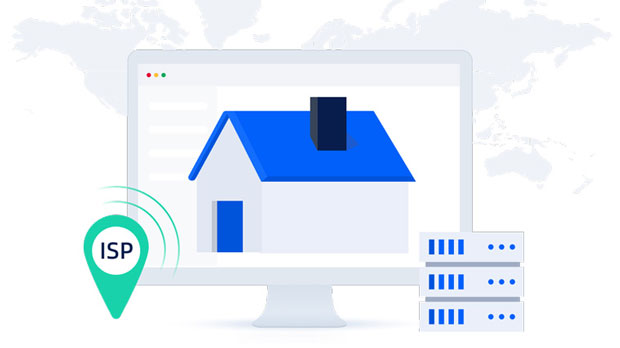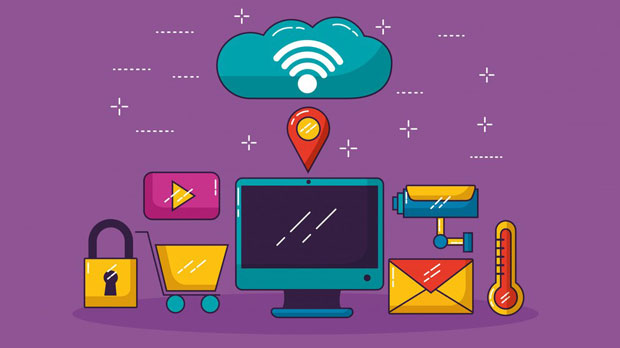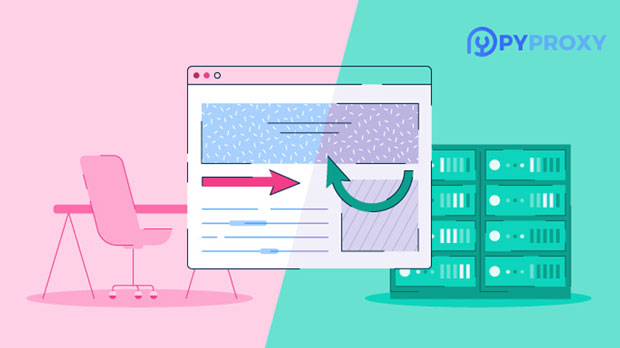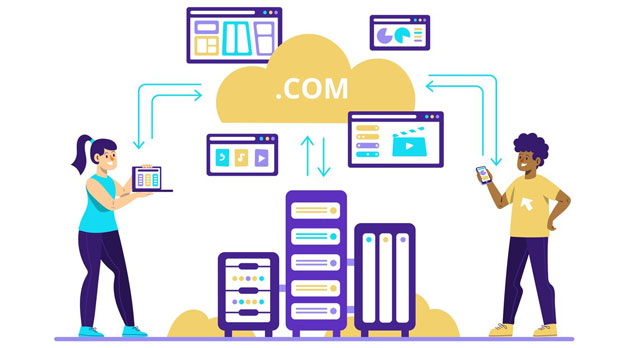When it comes to purchasing Web Unblocker services, several crucial factors must be considered to ensure you're making an informed and secure choice. These services are designed to help users bypass geographical restrictions and access content that may otherwise be unavailable in certain regions. However, not all Web Unblockers are created equal. Before investing in such services, it’s essential to evaluate aspects such as security, ease of use, compatibility with different devices, customer support, and the overall reliability of the service. This guide will walk you through the key considerations to keep in mind when selecting a Web Unblocker service, helping you make a choice that best suits your needs. Understanding Web Unblockers and Their PurposeWeb Unblockers are services designed to bypass restrictions imposed by governments, websites, or internet service providers. These services provide users with the ability to access content that might be restricted or censored in their country or region. This includes access to streaming services, news websites, and other online platforms that may otherwise be inaccessible. For individuals living in regions with strict internet regulations, Web Unblockers can offer a vital tool for free access to the internet.However, while these services offer great convenience, there are important considerations that every user should keep in mind to ensure that the service they choose is safe, reliable, and effective in the long term.1. Evaluate the Security and Privacy FeaturesOne of the most crucial aspects when purchasing any Web Unblocker service is ensuring that the service provides strong security and privacy protections. Many users turn to Web Unblockers to protect their online activities, avoid surveillance, and ensure their personal information remains private.When evaluating the security features, consider the following:- Encryption Standards: Check whether the service uses strong encryption protocols, such as AES-256 encryption, which ensures that your internet traffic is secure. - No-Log Policy: A reputable Web Unblocker service should have a strict no-logs policy, meaning they don’t track your browsing history or other sensitive information.- Leak Protection: Ensure the service provides protection against IP and DNS leaks, which can expose your real identity and location, undermining the whole point of using a Web Unblocker.- Secure Protocols: Look for Web Unblockers that offer reliable security protocols such as OpenVPN, WireGuard, or IKEv2, which are known for their ability to maintain privacy and security.By selecting a service that prioritizes security, you ensure that your online activities remain safe from hackers, surveillance, and data breaches.2. Consider the User Interface and Ease of UseThe user interface (UI) and ease of use of the Web Unblocker service are essential factors that directly impact the overall user experience. The service should be simple enough for anyone, even with minimal technical knowledge, to set up and use.Look for the following features:- Intuitive Interface: The Web Unblocker should have an easy-to-navigate interface with clear instructions. Setting up the service should not require extensive technical expertise. - Cross-Platform Support: The Web Unblocker should be compatible with various devices, including desktops, smartphones, tablets, and even routers. Ensure that the service works seamlessly across different operating systems, such as Windows, macOS, Android, and iOS.- Quick Setup: A good Web Unblocker should allow for quick installation and minimal configuration. Time-saving setup features are a big plus for users who want immediate access.A service with a user-friendly interface and minimal setup requirements will make the process of bypassing restrictions as straightforward and efficient as possible.3. Test the Service’s Speed and PerformanceOne of the common drawbacks of Web Unblockers is the potential slowdown in internet speed. Since Web Unblockers route your internet traffic through a remote server, it can introduce delays, which may affect browsing, streaming, or gaming experiences.When selecting a service, test its speed and performance to ensure it meets your needs:- Bandwidth and Speed: Choose a Web Unblocker that offers unlimited bandwidth and good speed, so you won’t experience buffering while streaming videos or slow download speeds.- Server Locations: A service with a large number of servers in various countries will give you better access to restricted content and help maintain fast speeds by connecting you to the nearest server.- Connection Stability: Stability is another important aspect, as frequent disconnections can disrupt your online experience. Test whether the service maintains a stable connection even during peak usage times.A fast and stable Web Unblocker will ensure that you can enjoy seamless access to content without sacrificing performance.4. Customer Support and Service ReliabilityWhen purchasing a Web Unblocker, it’s crucial to evaluate the level of customer support provided by the service. In case you run into issues, you should be able to easily get help from knowledgeable support staff.Key support features to consider include:- 24/7 Support Availability: Ensure the Web Unblocker provides round-the-clock customer support, as issues may arise at any time, especially if you rely on it for everyday use.- Multiple Support Channels: Look for services that offer a variety of support options, including live chat, email, and phone support. Having multiple ways to contact customer support will provide more convenience in troubleshooting problems.- Knowledge Base and FAQs: A good service should have an extensive knowledge base, tutorials, and frequently asked questions (FAQ) to help resolve common issues on your own.Having reliable customer support can make a huge difference when issues arise, so choose a service with a strong track record of assisting customers promptly and efficiently.5. Assess the Cost and Subscription PlansFinally, consider the cost and subscription plans offered by the Web Unblocker. Pricing can vary widely, and while free services are available, they often come with limitations such as slower speeds, fewer server locations, or weaker security.When evaluating the cost:- Trial Periods: Some services offer a free trial or a money-back guarantee. These are valuable, as they allow you to test the service’s effectiveness before making a long-term commitment.- Pricing Plans: Compare the pricing structure of different services. Some services offer monthly, yearly, or multi-year plans. Evaluate whether the cost aligns with the features and benefits the service provides.- Discounts and Promotions: Look for special offers or discounts, as many Web Unblockers provide reduced pricing for longer-term subscriptions.Investing in a premium Web Unblocker may cost more upfront, but the added benefits, such as enhanced security and speed, often make it worthwhile in the long run.Purchasing a Web Unblocker service requires careful consideration of multiple factors, from security and privacy to cost and customer support. By understanding what to look for, including strong encryption, user-friendly interfaces, reliable speed, and reasonable pricing, you can make an informed decision that ensures a smooth and secure internet experience. Always choose a Web Unblocker that aligns with your needs and offers trustworthy service to safeguard your online privacy.
Apr 22, 2025
![arrow]()




























































